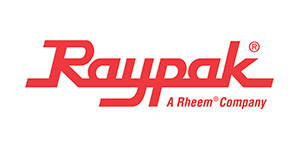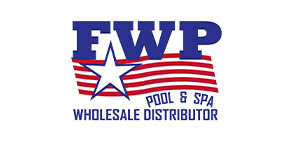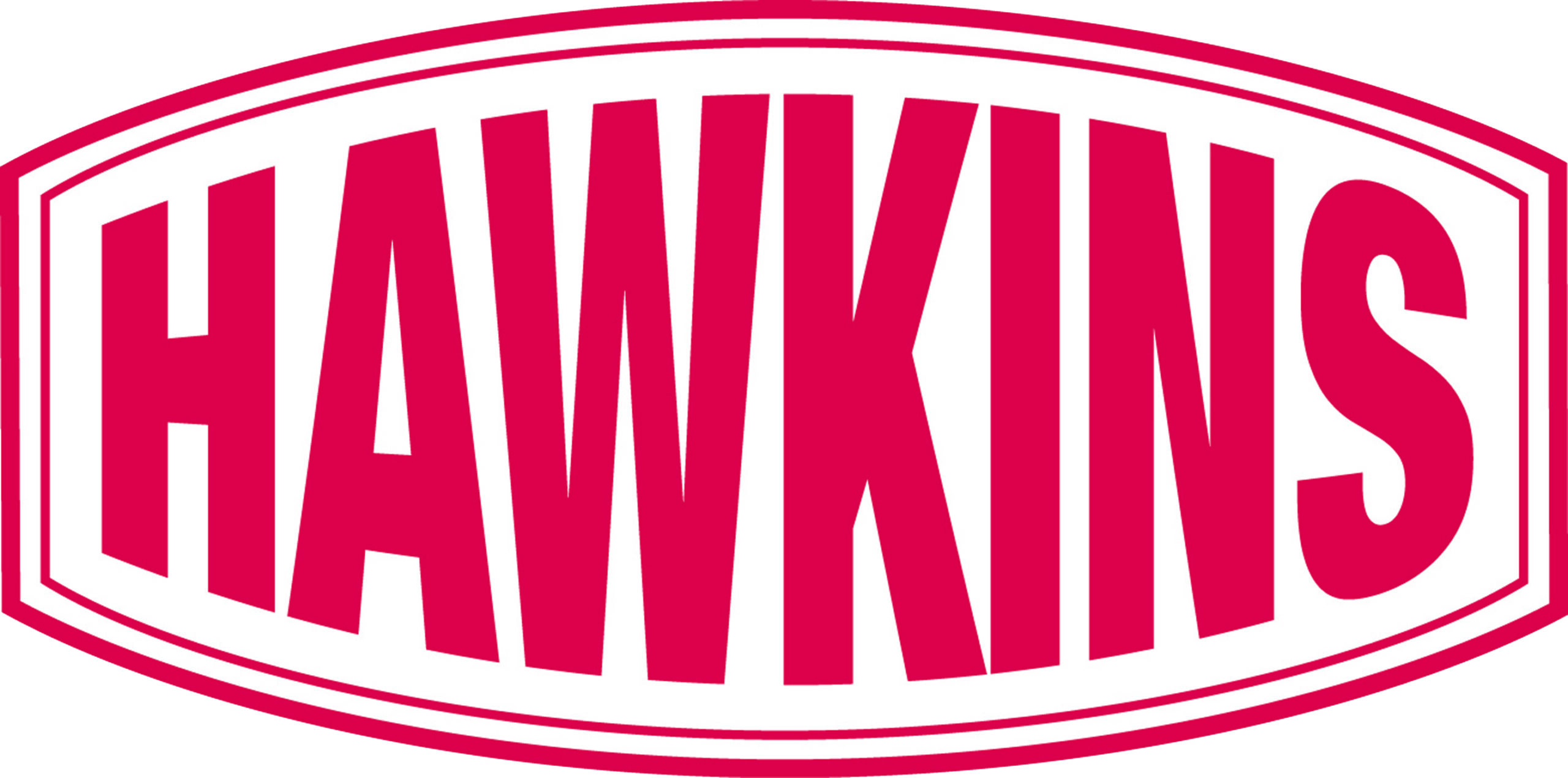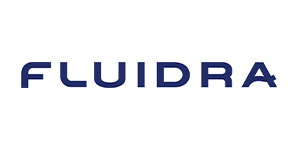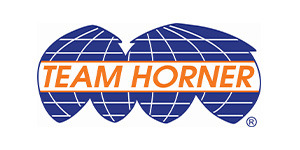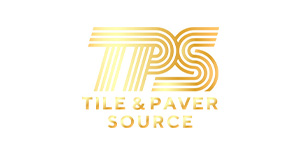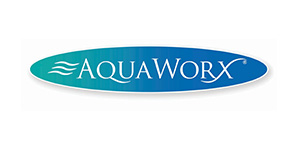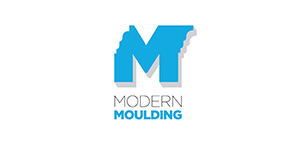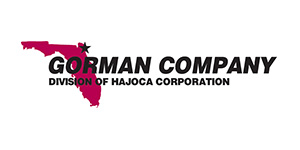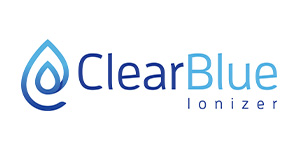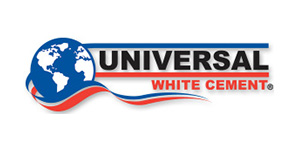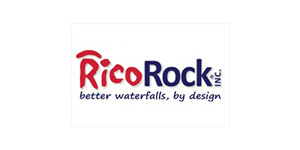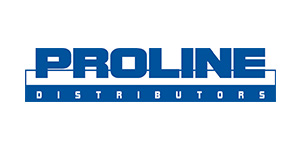We
can all list the critical steps to take regarding hurricane
preparedness. In fact, after hearing them year after year, we know the
suggested steps by heart. We probably all follow most of them!
So,
just wondering, does this concept of hurricane preparedness have an application
to an insurance program? You bet it
does! In fact, it applies to both commercial and personal insurance
programs. Let’s talk about it and see if we can’t come up with a few
suggestions and ideas you might consider, specifically relating to your commercial
property insurance.
The
basic purpose of a commercial property policy is to insure Building, Business
Personal Property (contents) and Business Interruption/Extra Expense
(essentially business continuation coverage).
While
much of this can be applied to any insured catastrophe (such as a fire)
let’s say, for our purposes, that a Cat. 2 hurricane has just ripped right
through your place of business destroying most of your building, contents and
left the building inhabitable for a few months while repairs are conducted. What would you do, where would you go, how much business
profits would be lost, and how much would it all cost?
Risk
can be easily defined, in insurance terms, as a chance of loss. There are
three ways to handle risk. 1- You can avoid it. In this instance, it might be tough to run from a Cat. 2 hurricane. 2-
You can assume it. This is another way of saying that you’d take on the
financial burden with savings and resources. 3- The final way to handle
risk is to transfer it. This means that for a
fee (premium) you transfer the risk to the insurance carrier, and they carry
the burden.
As
structured, how would your current insurance program respond to this
catastrophe? Have you analyzed the risk? Have you transferred
enough risk to insurance to offer the protection your business
needs?
This
is all very important. Back in 2004 when four hurricanes hit Florida,
statistics showed that upwards of 50% of the businesses which failed to reopen
did so as a result of the inability to absorb the financial entirety
of the risk that they had assumed. In other words, they assumed risk by
not passing it along to their insurance carrier but failed to plan adequately
and were crushed by the financial hardship when a storm hit.
Most
businesses have a Disaster Plan. Less often, it seems,
these plans incorporate a detailed financial analysis and complete risk
management plan, which is really the most important part. Having all the
generators available won’t matter much if there aren’t enough corporate resources
and/or insufficient insurance to carry the financial burden created by
the insured loss.
So,
where to start? How do you perform a detailed financial analysis and
develop a complete risk management plan?
First,
understand your exposure to loss. How old is the
roof of your building? How far are you from coastal waters? What is
the elevation where you are located? How quickly can you prepare for a
catastrophic storm? How would you do it?
Know
your limits, coverages, and deductibles. What is the
replacement cost value of your building (if owned) and, more importantly, how
much money do you have it insured for? Is that enough? Do you carry
Ordinance or Law coverage? Your Replacement Cost coverage is based on building materials that are of “like kind and quality”. So,
if there have been changes to building codes (for roofs, windows, etc.) and you
are not in compliance, the additional cost may very well be your
responsibility.
How
about your Business Personal Property (commonly called
Contents)? Do you have enough coverage there?
Do
you have Business Income coverage to assist with ongoing financial expenses
during a work stoppage to your company caused by a direct hit to your property
from a storm? How about Flood insurance? Are you
in a flood zone and is your property subject to flooding?
These
are all coverages you should consider making a part of your insurance program.
If
you have some or all of these coverages, you should also understand what your deductible (your “out of pocket”) will be. Wind and Hail
deductibles are almost always a percentage vs. a flat amount (such as
$1,000). It is important that you understand that the Wind percentage
deductible functions differently from the flat deductible in that the percentage applies to the total amount insured not to the
value of the loss. For example, if you have a building insured for $1M
with a 5% Wind/Hail deductible your deductible is $50,000, regardless of the
value of the property loss.
Hurricanes are nasty storms that we all know do billions of dollars of
damage. Some folks never recover. Please make sure your insurance
program is structured with the proper limits and coverages to help get you
through.
